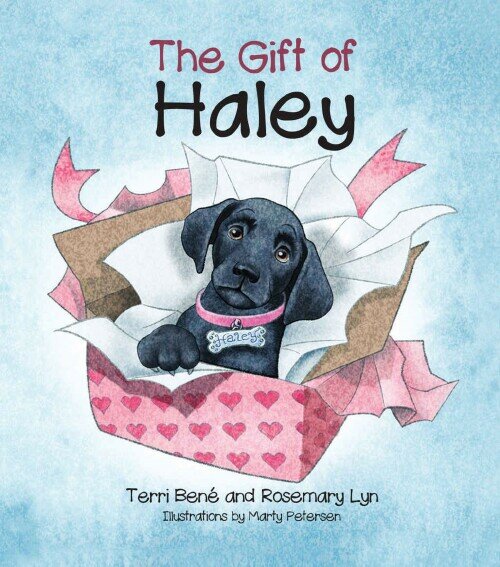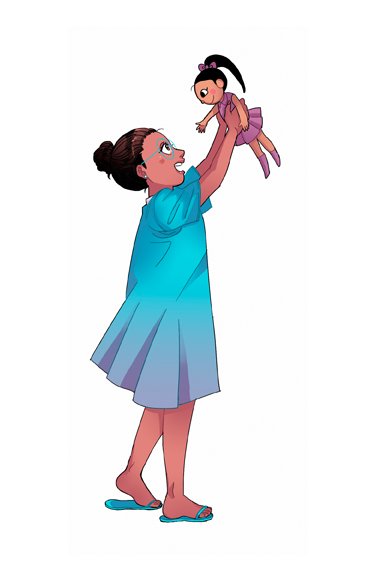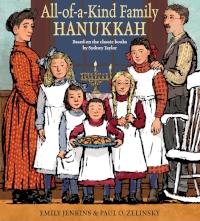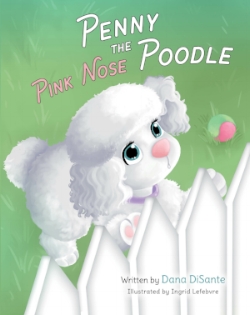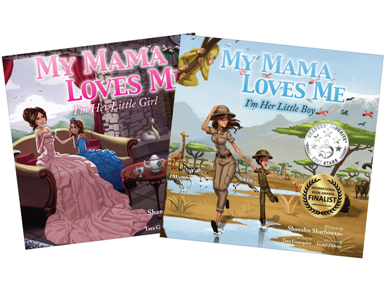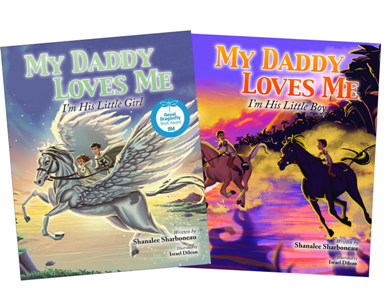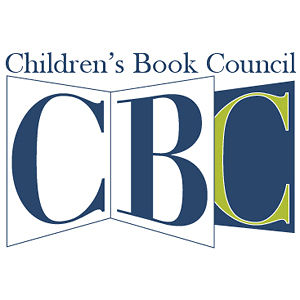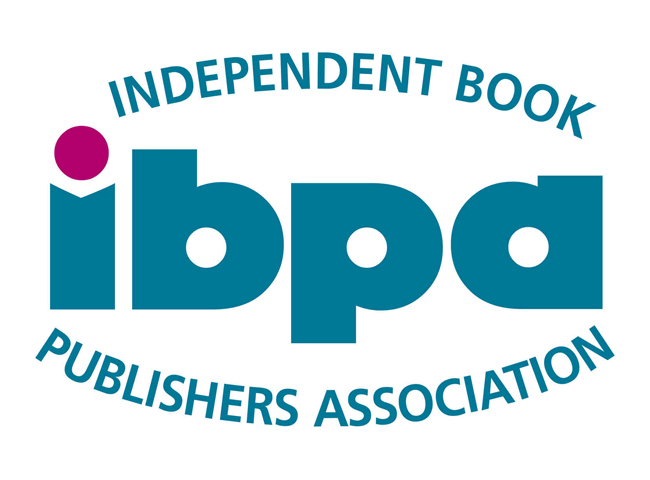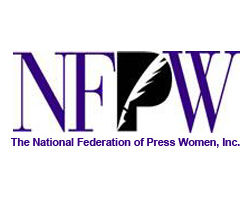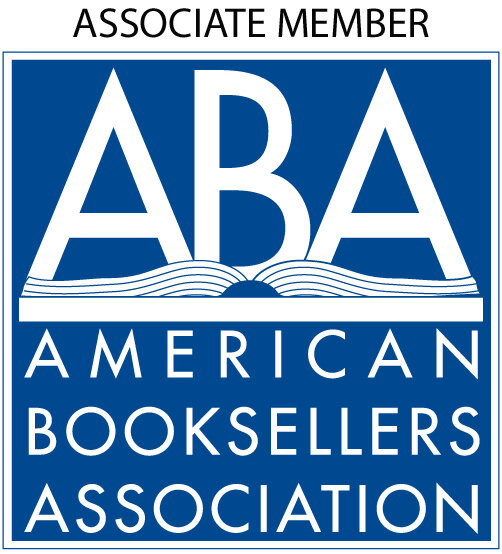by Noelle Sterne, Ph.D.
Writing a children’s book of riddles about dinosaurs may not seem an obvious arena for a clash over sexism. But during the final manuscript editing of my Tyrannosaurus Wrecks: A Book of Dinosaur Riddles (HarperCollins), with shock and frustration, I fought the battle of the dinosaur pronouns.
Nouns were natural for most of the 146 riddles—mother or father scenes, fairy tale characters. For the 35 riddles requiring a pronoun, in the earliest drafts I used the masculine form. But my (female) editor and I agreed that in the final version the feminine should get equal representation. A simple matter, we thought. We couldn’t have been more immensely wrong! Our painful conversation lasted a good hour. Despite women’s great strides, I saw how subtly sexual stereotypes still influence our language.
Tyrannosaurus Wrecks is a just-for-fun children’s book. The riddles are punny, groany, and giggly, with no hidden agendas for gender-biased propaganda. Yet my editor and I were besieged by plaguing pronoun questions: What would support or offend various viewpoints? What would truly express our own convictions? What would aid or damage sales? And how much should a book mainly for entertainment defer to issues of social change?
Priorities kept changing and sometimes bashed head-on. The hostilities, and final truces, fell into three main camps:
1. Entrenched Male Stereotypes—Almost impenetrable stereotypical male occupations or activities forced us to keep the male pronoun.
2. Damaging Female Stereotypes—When the female pronoun would fortify stereotypes, we capitulated to the male.
3. Breaking Through the Stereotypes—We stormed the pronominal bastions with either pronoun, neutralizing stereotypes of both genders and illustrating positive role or behavior changes.
Entrenched Male Stereotypes
The Entrenched Male Stereotypes glared out at me, and one of the most glaring was cowboys. Only two cowgirls spring to mind—Annie Oakley and Dale Evans, and they weren’t exactly typical ranchhands. The male had this area tightly roped off:
Why was the Pentaceratops a good cattle rancher?
Because he had a lot of longhorns.
To bring us current, there’s the executive. This one really hurt, especially since so many women today are successful (and with their own Dino’s Club cards). But there were no women CEOS in the Fortune 500 companies at the time the book was published. In the latest update in 2017, only 6.4% of CEOs in Fortune 500 companies were women. So, despite a few eminent exceptions, most women climbing to the glass ceiling succeed only in windexing it. Again the male pronoun was firmly wedged:
Where does the dinosaur company president sit?
At his Tyrannosaurus desk.
Damaging Female Stereotypes
The second pronoun problem involved the largest number of riddles. Damaging Female Stereotypes kept surfacing in an insidious array of common, apparently harmless situations. We felt forced to keep the male pronoun to blunt female stereotypes of foolishness, ineptitude, or weakness. For example, that women are bad drivers:
Why is a dinosaur dangerous at the wheel of a car?
He’s a back-feet driver.
The clincher, though, for the male in several riddles was that little word “weight.” We women wrestle incessantly with the “right” body image that dominates our culture and wastes our energies. The male pronoun had to be used with blatant excess pounds:
Why did the dinosaur go on a diet?
He weighed too much for his scales.
But the most damaging female stereotype was the ancient stamp of woman as sex object, which insinuated itself into many riddles. In protest against antediluvian sexism, we kept the male pronoun.
Why did the Stegosaurus go to the car repair shop?
So they could fix his broken tail spike.
What instrument does a dinosaur fossil play?
His trom-bone.
We kept the male pronoun because a bawdily graphic picture surfaces with her broken tail spike, which could attract a little too much attention. And what about that instrument? If she were playing, could she be accused of barely disguised piccolo envy?
Breaking Through the Stereotypes
I’m very glad to say, though, that with several riddles we really could break through the stereotypes. Some riddles reversed women’s traditional roles and others enlarged the possibilities for either sex in previously exclusive domains. In one riddle, we countered woman as the perpetual sole food supplier:
What did the dinosaur say as he lugged home the groceries?
“Oh, my aching Brachio-saurus!”
Woman’s driving cruised with no sexist implications and the added bonus that she can, and does, pay her own way:
What does a dinosaur pay when she drives over a bridge?
A reptoll.
At least one occupation broke through entrenched activities for both men and women. With children’s piano teachers stereotypically female, the male pronoun here was especially gratifying.
What did the dinosaur piano teacher tell his students?
“Be sure and practice your scales.”
The final two examples also gladdened my heart. In the first, woman is more than a body:
What did the dinosaur say when she bought a new book?
“I can really sink my teeth into this.”
A lifelong reader and writer, I could identify. And my blood surged at her biting intelligence. In the other riddle, a traditional role is reversed as a fine female speaks her mind:
What does the dinosaur say to her sweetheart on Valentine’s Day?
“I’m mud about you!”

